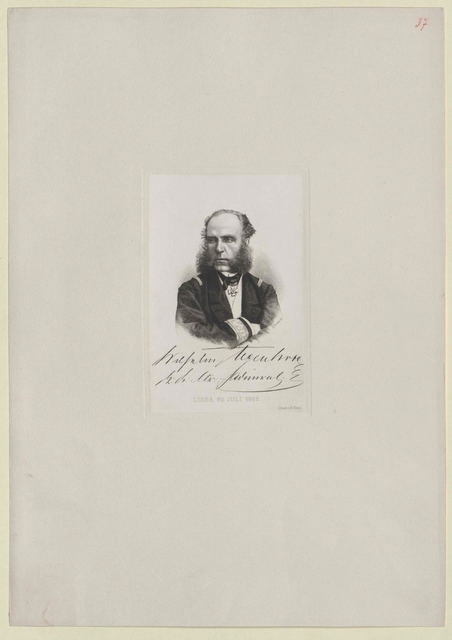

The battleships would have also been equipped with lattice masts that would hold searchlight platforms. Had they been built, the Ersatz Monarch class would have become the first of any ships in the Austro-Hungarian Empire to be constructed for operation on the open ocean. This design was inspired by British warship designs of the era, and was implemented in order to give the ships greater seaworthiness outside of the Adriatic Sea. The superstructure of each ship was to be kept to a minimum, and all ships of the class would have been built with raised forecastles rather than a flush deck like their predecessors, the Tegetthoff class. However, the ships would have essentially been enlarged and improved versions of the Tegetthoff-class battleships. Because several design sketches were put forth that all had slight differences, the exact final appearance of the Ersatz Monarch class is not known. After going through several different design proposals, Anton Haus, Commander-in-Chief of the Austro-Hungarian Navy, secured passage of a naval expansion program through the Austro-Hungarian government to fund the construction of the battleships in April 1914.ĭesigned by Pitzinger, the Ersatz Monarch class would have been the largest battleships built by the Austro-Hungarian Navy. Download Ships construction plans of Austro-Hungarian three-masted schooner Tegetthoff for the North Pole expedition in year 1872 Stock Illustration and. Design work on a class of battleships to succeed the Tegetthoff class and replace the aging Monarch class began in 1911. The Ersatz Monarch class (also informally known as the Improved Tegetthoff class) was a class of four dreadnought battleships which were intended to be built between 19 for the Austro-Hungarian Navy (kaiserliche und kС†nigliche Kriegsmarine). Ersatz Monarch Dreadnought (3D Printed) xONE.


 0 kommentar(er)
0 kommentar(er)
